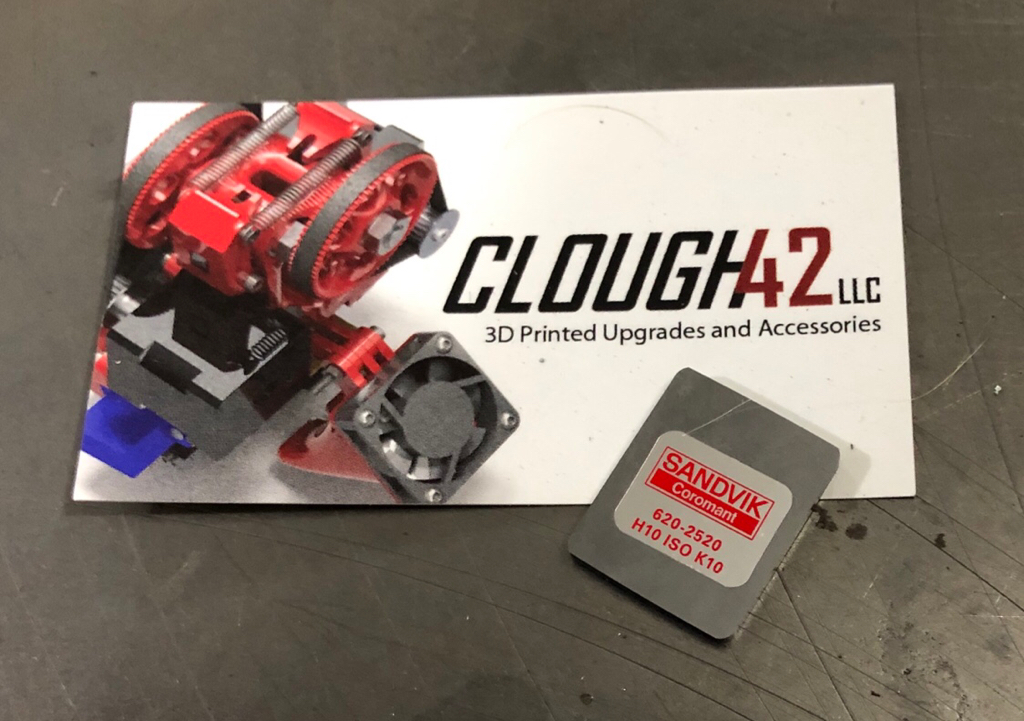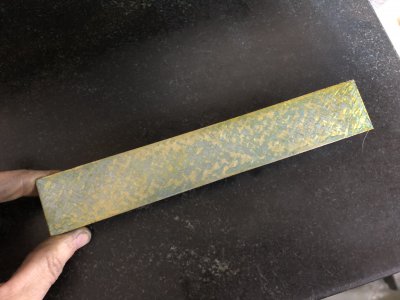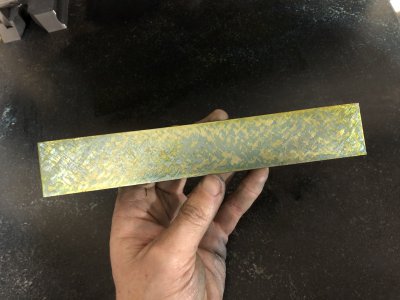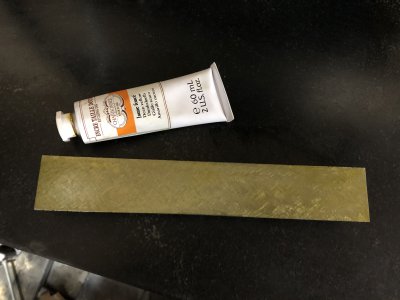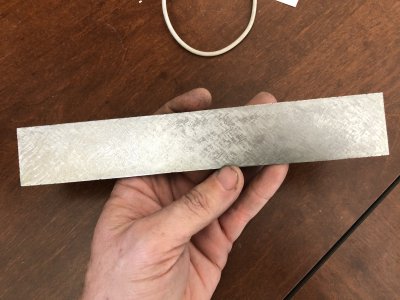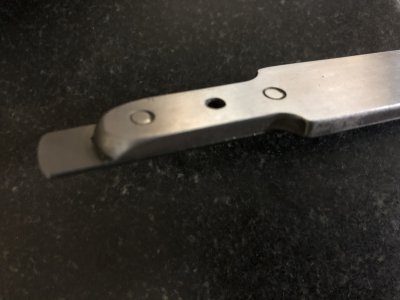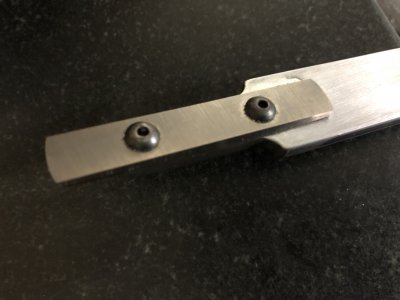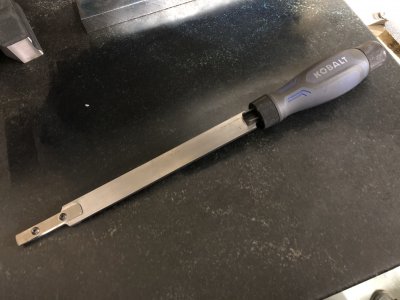- Joined
- Nov 9, 2018
- Messages
- 377
Thanks Richard, Lance does a great job of explaining a lot of stuff, especially the tool grinding. I like Adam, I've watched a lot of his vids, he's got a lot of fun projects, learn a lot of techniques from him.
I did find Dale's video here, and it's fantastic, he managed to answer a bunch of questions that I came up with in my first clueless attempt. Dale's is great because he goes over the full process of starting with a rough blank, getting it flat (he doesn't mention hinging interestingly which I think very important, learned that from Stephan G), but Dale great with how to deal with a bow, and how to approach roughing to shape.
So, metal for Claugh42's scraper is here, genuine Sandvik bit should be here next few days, will make a real scraper, and learn to sharpen it the right way, and will give it another shot.
Basically I started this thread as a sort of 'lab notebook', where I record what I do, record the inevitable mis-steps, when I get further along, hopefully some success.
I did find Dale's video here, and it's fantastic, he managed to answer a bunch of questions that I came up with in my first clueless attempt. Dale's is great because he goes over the full process of starting with a rough blank, getting it flat (he doesn't mention hinging interestingly which I think very important, learned that from Stephan G), but Dale great with how to deal with a bow, and how to approach roughing to shape.
So, metal for Claugh42's scraper is here, genuine Sandvik bit should be here next few days, will make a real scraper, and learn to sharpen it the right way, and will give it another shot.
Basically I started this thread as a sort of 'lab notebook', where I record what I do, record the inevitable mis-steps, when I get further along, hopefully some success.


